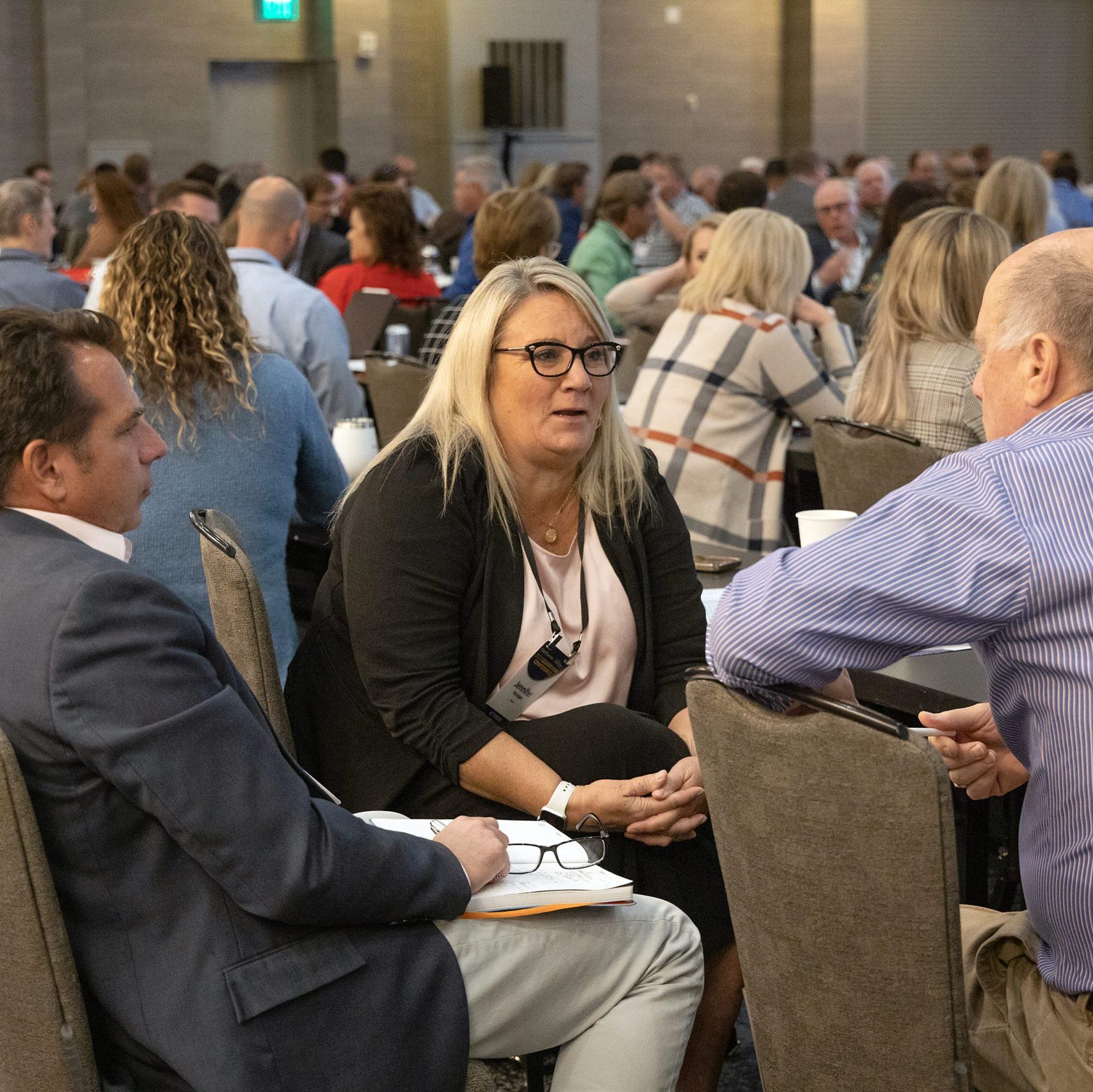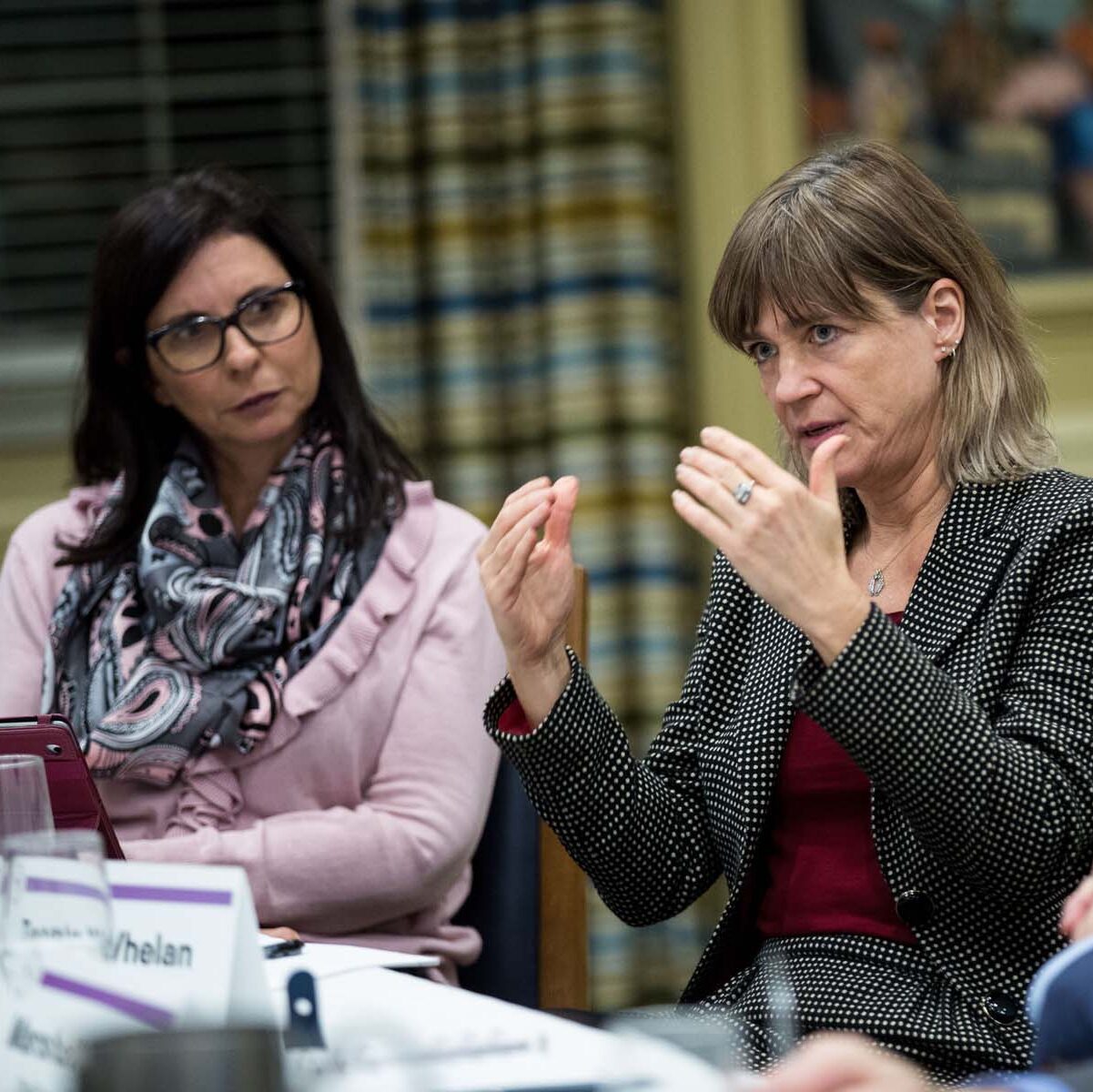


Abigail Posner, director of creative works at Google, gives speeches on creativity to organizations that have included accounting firms and electricity distribution companies.
Her message: All people are inherently creative. It’s a quality that’s not just the domain of artists and musicians and designers. Her goal is to decode the creative process so that, for example, at YouTube (which Google owns), engineers can collaborate to develop and leverage content that is entertaining and profound.
I first met Abigail when we were on a panel together at Cannes, and I was immediately impressed by her ability to keep asking questions as opposed to positing ideas. She keeps asking: Why? How? What’s the connection? In that way she achieves insights, and arrives at solutions, that no one else has imagined.
Abigail believes in what she calls “the power of unlike notions.” When these notions come together they have the potential to uncover something both novel and helpful. The combinations can manifest themselves at both an individual and an organizational level, and when you harness both levels together, they can have an exponential impact.
She recently gave a monumental example of this: the reversal of damage to the ozone layer, which protects the Earth from dangerous ultraviolet radiation. In the 1980s, scientists began warning that certain industrial chemicals were depleting the ozone layer and threatening the environment. It was a collaboration of unlike minds—including scientists, politicians, and businesspeople—that led to a solution that at first seemed unreachable, Abigail noted. In 2023, a United Nations report announced that the ozone layer was healing and that it was on track to recover within four decades.
As many experts on creativity have recognized, not knowing much about a subject can be a great instigator of novel ideas, particularly when it is combined with the power of expertise. Abigail herself is an example of this. She came to Google with a Harvard degree in anthropology and professional experience in the advertising world. She didn’t know a whole lot about technology, and that was the point.
When Abigail arrived at Google, she came to see that the company was receiving loads of data about what people were doing online, but not as much knowledge about why. Using her anthropology and advertising background has helped the company close that gap between what and why.
Another thing about Abigail, which she readily admits, is that she’s something of a ham: She enjoyed acting in plays in her younger days. Google executives quickly realized that they could harness her stage presence to Google’s advantage by encouraging her to pursue opportunities to express her ideas to clients and other groups; through speeches, her ideas about creativity and the digital landscape could have more impact.
As Abigail put it, “I couldn’t compartmentalize myself. I would have failed.” First she combined unlike notions in her own thinking, and then she extended that expansiveness to others on her teams. That meant getting to know the many sides of her team members—their hobbies, their interests, their backgrounds, their previous work experience—not just for the sake of making chitchat, but because there is genuine value to be derived from this knowledge.
People then have a sense of their own value: “What I have to offer matters. Not because I have this one lane of thinking. But because I have this extended sense of myself, whether it’s because I studied ballet, or learned Greek, or I’m a great mother, or ran a marathon. My whole self is being embraced. Which makes them feel more heard, but you actually become more innovative as a result. And it’s innovation that only your team can exhibit, because only your team has this combination of people with these different sides.”
A big part of Abigail’s job is to help advertisers run the most effective advertising and branded content possible. Analysts on her team have developed best practices for various types of advertising channels, but she sometimes has trouble convincing clients to go with a different approach. Using the usual routes, such as an oral or slide presentation, doesn’t always cut it.
As it happens, one of her analysts is a prolific traveler who creates YouTube videos featuring highlights of his journeys, such as erupting volcanoes in Iceland. When one particular client was reluctant to give the go-ahead on a new idea, the analyst decided to produce a rudimentary YouTube video as a “proof of concept” to show how the proposed new advertising would look. The client saw the video and was sold. “When they see it come to life, it’s harder for them to say no,” Abigail said.
This approach was so successful that the team decided to turn it into a whole new sales offering. The analyst reached out to a former journalist on Abigail’s strategy team to write marketing materials for the new services so that it could be effectively communicated to clients.
When you embrace your own expansiveness, “and then when you do it with others on the team, it becomes much more of an opportunity to really enhance the innovation,” Abigail said.
GE activated the power of its incredibly diverse businesses when it came up with new products during the “Imagination at Work” era. The company’s health-care division knew it had a problem with its anesthesia machines, which were so complicated and distracting with various dials and beeping noises that it was hard for anesthesiologists to concentrate on their jobs.
As former GE Chief Marketing Officer Beth Comstock recalled in her book Imagine It forward, “So people at GE asked: ‘Who else finds themselves in such life and death situations, navigating all kinds of inputs and monitoring equipment?’ And they had a startlingly useful realization: An airplane’s cockpit is remarkably similar to an operating room. So they invited pilots to observe surgeries and help GE identify the problems. That turned out to be fairly easy, as their industry had faced an almost identical problem years before.” The strategy worked, and with the pilots’ help, GE’s engineers designed a new and improved machine.
You can’t see a jar’s label from inside the jar, Comstock noted. Therefore, “We had to get ‘outside the jar.’”
Excerpted from THE CREATIVE SHIFT by Andrew Robertson, copyright © 2025 by Andrew Robertson. Used with permission of Basic Venture, a division of Hachette Book Group, Inc.



0

1:00 - 5:00 pm
Over 70% of Executives Surveyed Agree: Many Strategic Planning Efforts Lack Systematic Approach Tips for Enhancing Your Strategic Planning Process
Executives expressed frustration with their current strategic planning process. Issues include:
Steve Rutan and Denise Harrison have put together an afternoon workshop that will provide the tools you need to address these concerns. They have worked with hundreds of executives to develop a systematic approach that will enable your team to make better decisions during strategic planning. Steve and Denise will walk you through exercises for prioritizing your lists and steps that will reset and reinvigorate your process. This will be a hands-on workshop that will enable you to think about your business as you use the tools that are being presented. If you are ready for a Strategic Planning tune-up, select this workshop in your registration form. The additional fee of $695 will be added to your total.

2:00 - 5:00 pm
Female leaders face the same issues all leaders do, but they often face additional challenges too. In this peer session, we will facilitate a discussion of best practices and how to overcome common barriers to help women leaders be more effective within and outside their organizations.
Limited space available.

10:30 - 5:00 pm
General’s Retreat at Hermitage Golf Course
Sponsored by UBS
General’s Retreat, built in 1986 with architect Gary Roger Baird, has been voted the “Best Golf Course in Nashville” and is a “must play” when visiting the Nashville, Tennessee area. With the beautiful setting along the Cumberland River, golfers of all capabilities will thoroughly enjoy the golf, scenery and hospitality.
The golf outing fee includes transportation to and from the hotel, greens/cart fees, use of practice facilities, and boxed lunch. The bus will leave the hotel at 10:30 am for a noon shotgun start and return to the hotel after the cocktail reception following the completion of the round.